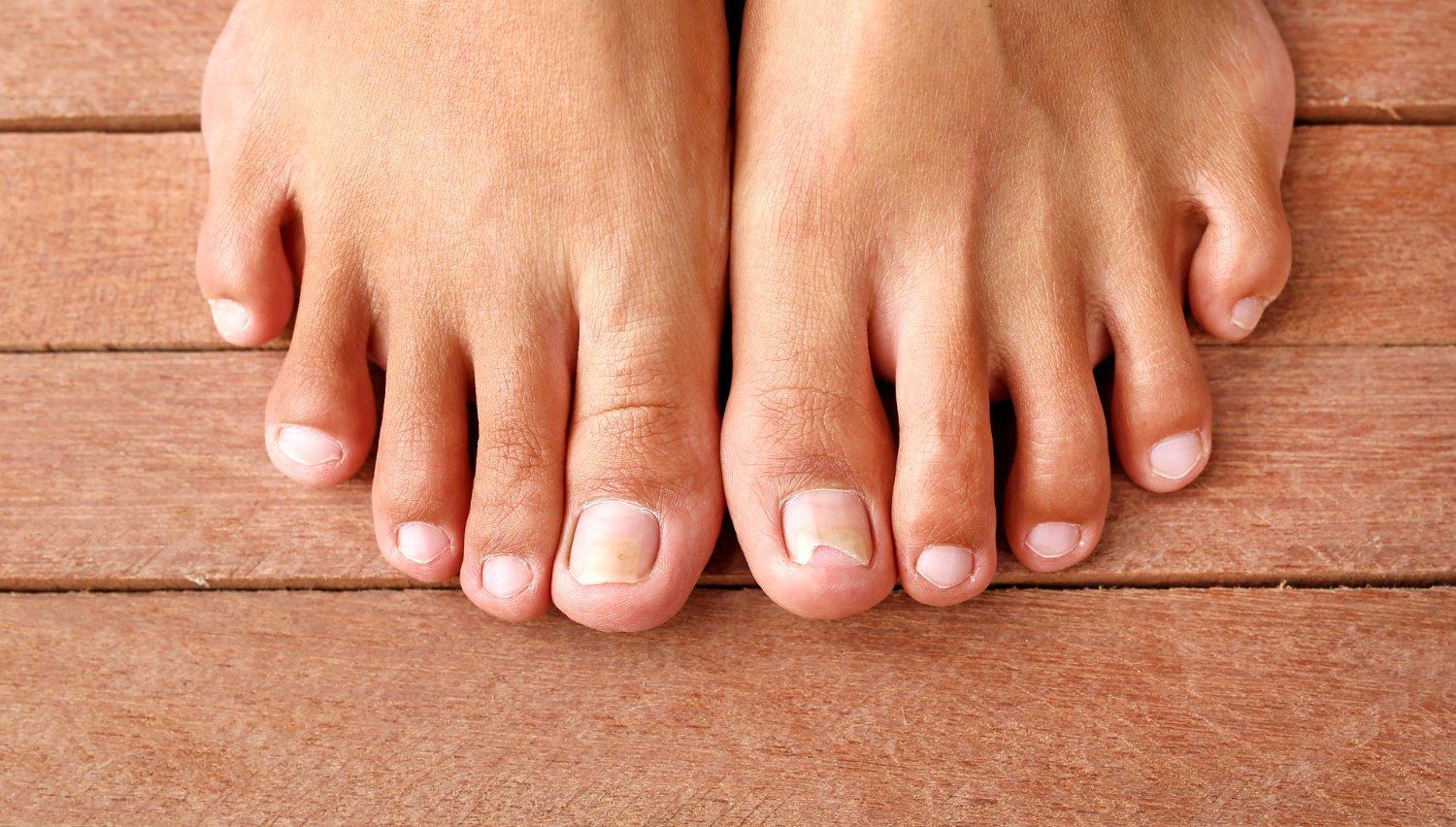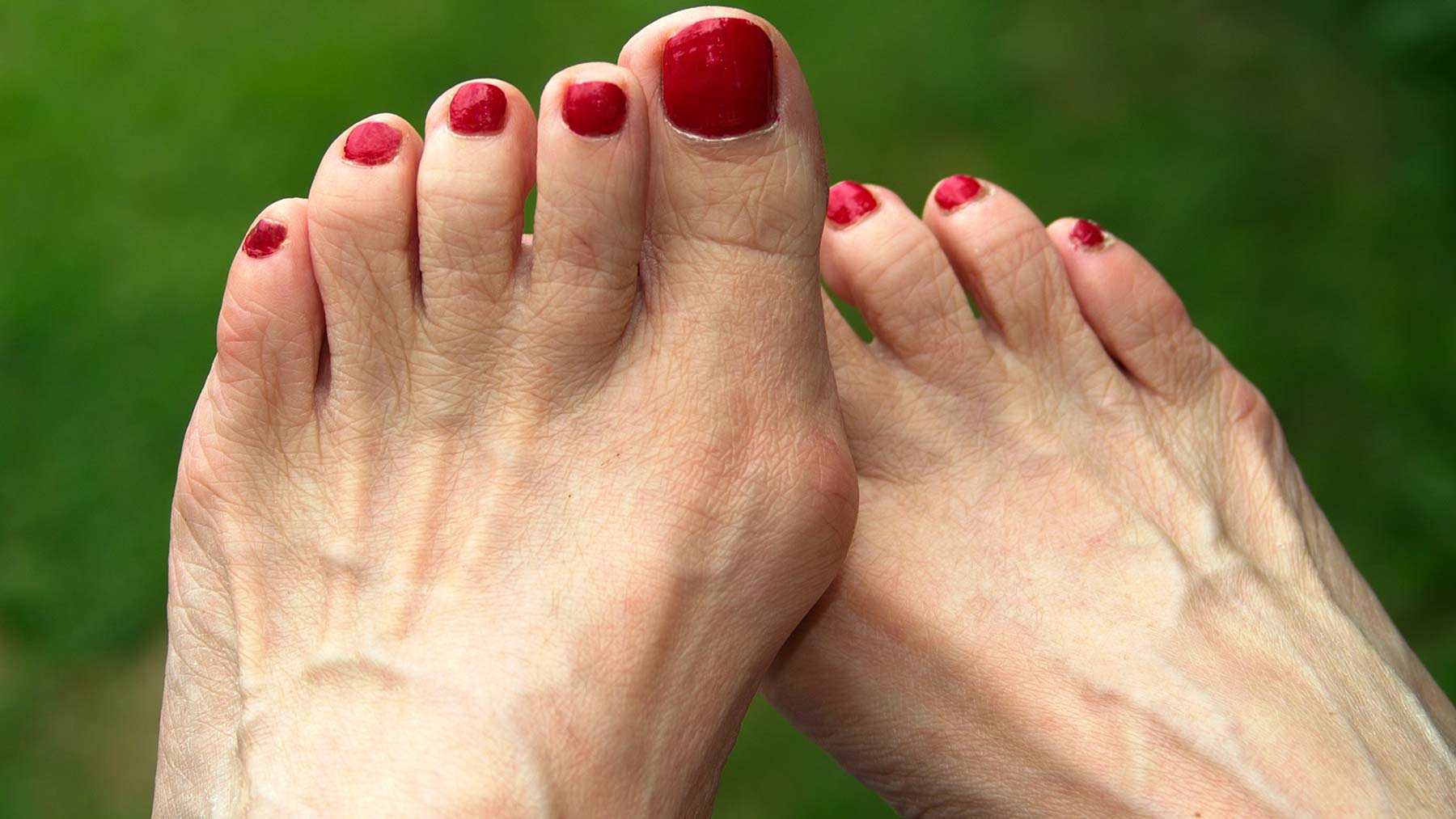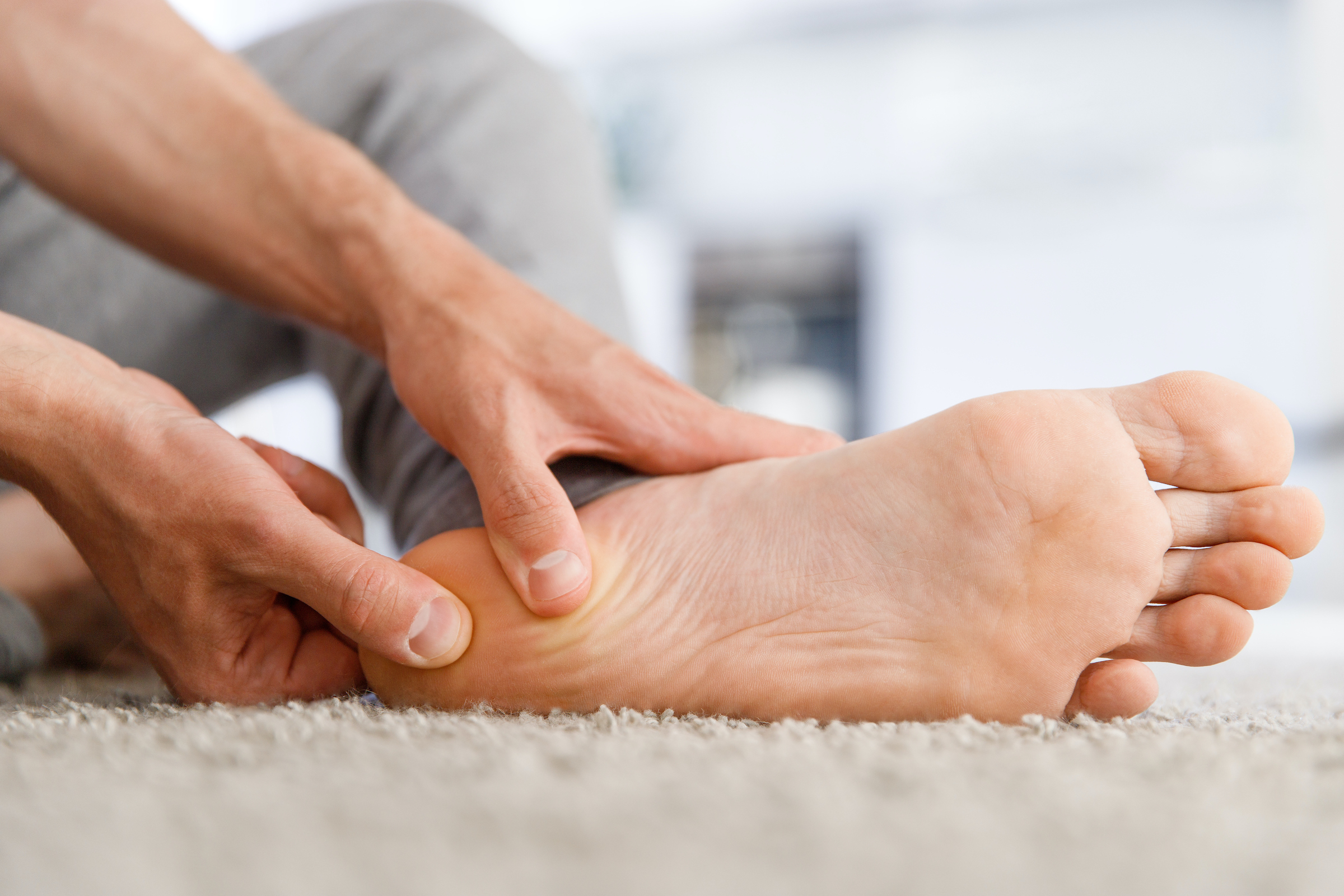If you’re feeling pain on the bottom of your heel you may be experiencing plantar fasciitis. This stabbing pain involves inflammation of the tissue that connects from the heel bone to the toes of your feet-the plantar fascia. Common causes include foot structure: flat feet, high arches, wearing non-supportive shoes/foot wear, an occupation where you’re on your feet all day and being overweight. You don’t want to ignore plantar fasciitis because it can turn into chronic heel pain. To avoid this, contact Dr. Tucker.
Plantar Fasciitis Q & A
What is plantar fasciitis?
Plantar fasciitis is one of the most common causes of heel pain. It’s an inflammation of the plantar fascia, the thick band of tissue that connects your heels to your toes.
Your plantar fascia act as shock absorbers, supporting the arches of your feet, and they can withstand a lot. However, if you put more stress on your feet than they can handle, the repetitive stretching and tearing can irritate and inflame the ligaments.
Plantar fasciitis affects a lot of long-distance runners, especially if they don’t mix up running with other forms of exercise that put less stress on their feet. However, the condition can affect anyone, including people who aren’t physically active. You’re also at risk if you’re overweight or obese, or if you work on your feet.
What are the symptoms of plantar fasciitis?
Plantar fasciitis usually affects one foot at a time, though it can affect both. The telltale symptom of plantar fasciitis is stabbing pain in the bottom of your foot.
The pain is usually worse when you take your first steps in the morning, or after you’ve been sitting or standing for a long time, then improves as you move around. You may also find the pain is worse after exercise, but not during it.
If you don’t treat plantar fasciitis, the heel pain may become more intense and longer-lasting. You may also develop hip, knee, and back problems if you try changing the way you walk to adapt to the pain.
How is plantar fasciitis diagnosed and treated?
Most cases of plantar fasciitis respond to a conservative approach, including:
- Icing your heel
- Physical therapy
- Over-the-counter pain medication
- Wearing a night splint
You may be able to manage your pain with over-the-counter pain medication. For more serious pain, Dr. Lim also offers injections of steroid medication, as well as platelet-rich plasma (PRP). PRP, an alternative treatment that uses a high concentration of plasma taken from your own blood sample, may speed up the healing process.
- Wearing supportive footwear designed for running, working on your feet, and other activities that put repeated stress on your heels
- Alternating running with other forms of exercise that put less stress on your feet, including swimming and cycling












